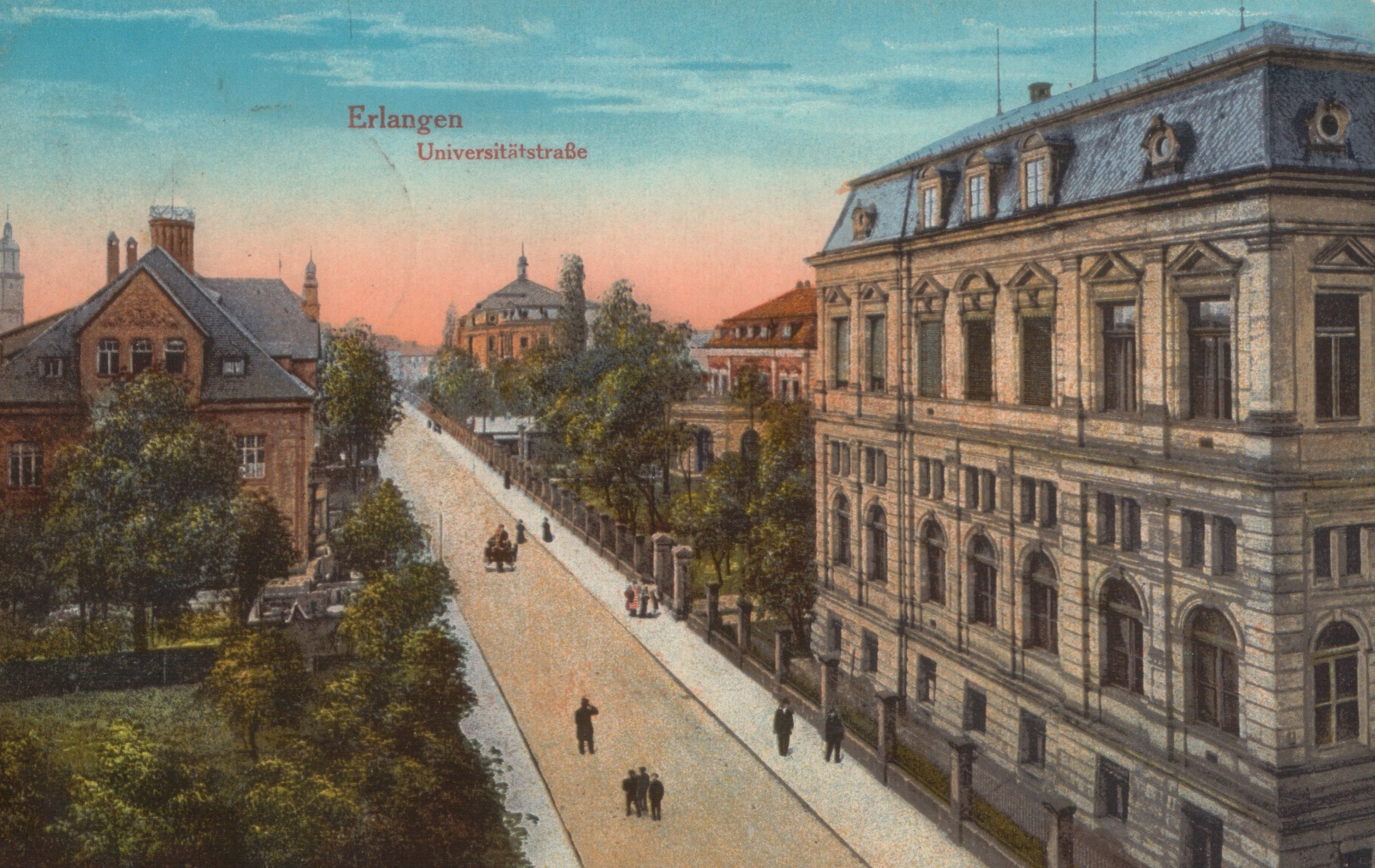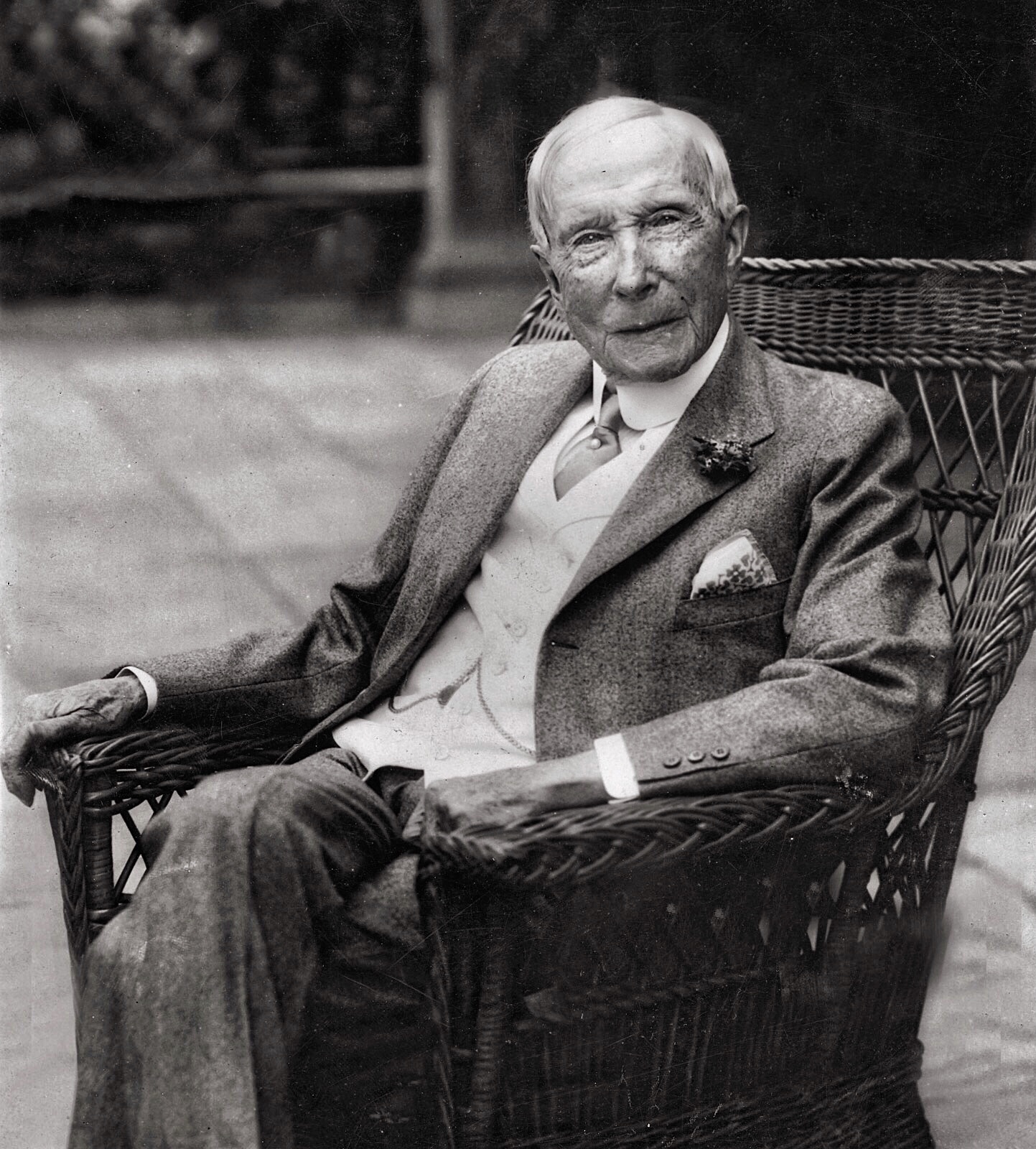|
Jean Cavaillès
Jean Cavaillès (; ; 15 May 1903 – 4 April 1944) was a French philosopher and logician who specialized in philosophy of mathematics and philosophy of science. He took part in the French Resistance within the ''Libération'' movement and was arrested by the Gestapo on 17 February 1944 and shot on 4 April 1944. Early life and education Cavaillès was born in Saint-Maixent, Deux-Sèvres. After passing his first baccalauréat in 1919 and baccalauréats in mathematics and philosophy the following year, he studied at the Lycée Louis-le-Grand, including two years of '' classes préparatoires'', before entering the École Normale Supérieure in 1923, reading philosophy. In 1927 he passed the ''agrégation'' competitive exam. He began graduate studies in Philosophy in 1928 under the supervision of Léon Brunschvicg. Cavaillès won a Rockefeller Foundation scholarship in 1929–1930. In 1931 he travelled extensively in Germany; in Göttingen he conceived, jointly with Emmy Noether, the ... [...More Info...] [...Related Items...] OR: [Wikipedia] [Google] [Baidu] |
Western Philosophy
Western philosophy encompasses the philosophical thought and work of the Western world. Historically, the term refers to the philosophical thinking of Western culture, beginning with the ancient Greek philosophy of the pre-Socratics. The word ''philosophy'' itself originated from the Ancient Greek (φιλοσοφία), literally, "the love of wisdom" grc, φιλεῖν , "to love" and σοφία '' sophía'', "wisdom"). History Ancient The scope of ancient Western philosophy included the problems of philosophy as they are understood today; but it also included many other disciplines, such as pure mathematics and natural sciences such as physics, astronomy, and biology (Aristotle, for example, wrote on all of these topics). Pre-Socratics The pre-Socratic philosophers were interested in cosmology; the nature and origin of the universe, while rejecting mythical answers to such questions. They were specifically interested in the (the cause or first principle) of the ... [...More Info...] [...Related Items...] OR: [Wikipedia] [Google] [Baidu] |
French Philosopher
French philosophy, here taken to mean philosophy in the French language, has been extremely diverse and has influenced Western philosophy as a whole for centuries, from the medieval scholasticism of Peter Abelard, through the founding of modern philosophy by René Descartes, to 20th century philosophy of science, existentialism, phenomenology, structuralism, and postmodernism. Medieval period Peter Abelard Peter Abelard (1079 – April 21, 1142) was a scholastic philosopher, theologian and logician. The story of his affair with and love for Héloïse has become legendary. The ''Chambers Biographical Dictionary'' describes him as "the keenest thinker and boldest theologian of the 12th Century".''Chambers Biographical Dictionary'', 2011, , page 3 The general importance of Abelard lies in his having fixed more decisively than anyone before him the scholastic manner of philosophizing, with the object of giving a formally rational expression to received ecclesiastical doctrine. How ... [...More Info...] [...Related Items...] OR: [Wikipedia] [Google] [Baidu] |
Georg Cantor
Georg Ferdinand Ludwig Philipp Cantor ( , ; – January 6, 1918) was a German mathematician. He played a pivotal role in the creation of set theory, which has become a fundamental theory in mathematics. Cantor established the importance of one-to-one correspondence between the members of two sets, defined infinite and well-ordered sets, and proved that the real numbers are more numerous than the natural numbers. In fact, Cantor's method of proof of this theorem implies the existence of an infinity of infinities. He defined the cardinal and ordinal numbers and their arithmetic. Cantor's work is of great philosophical interest, a fact he was well aware of. Originally, Cantor's theory of transfinite numbers was regarded as counter-intuitive – even shocking. This caused it to encounter resistance from mathematical contemporaries such as Leopold Kronecker and Henri Poincaré and later from Hermann Weyl and L. E. J. Brouwer, while Ludwig Wittgenstein raised ... [...More Info...] [...Related Items...] OR: [Wikipedia] [Google] [Baidu] |
Emmy Noether
Amalie Emmy NoetherEmmy is the ''Rufname'', the second of two official given names, intended for daily use. Cf. for example the résumé submitted by Noether to Erlangen University in 1907 (Erlangen University archive, ''Promotionsakt Emmy Noether'' (1907/08, NR. 2988); reproduced in: ''Emmy Noether, Gesammelte Abhandlungen – Collected Papers,'' ed. N. Jacobson 1983; online facsimile aphysikerinnen.de/noetherlebenslauf.html). Sometimes ''Emmy'' is mistakenly reported as a short form for ''Amalie'', or misreported as "Emily". e.g. (, ; ; 23 March 1882 – 14 April 1935) was a German mathematician who made many important contributions to abstract algebra. She discovered Noether's First and Second Theorem, which are fundamental in mathematical physics. She was described by Pavel Alexandrov, Albert Einstein, Jean Dieudonné, Hermann Weyl and Norbert Wiener as the most important woman in the history of mathematics. As one of the leading mathematicians of her time, she developed some ... [...More Info...] [...Related Items...] OR: [Wikipedia] [Google] [Baidu] |
Rockefeller Foundation
The Rockefeller Foundation is an American private foundation and philanthropic medical research and arts funding organization based at 420 Fifth Avenue, New York City. The second-oldest major philanthropic institution in America, after the Carnegie Corporation, the foundation was ranked as the 39th largest U.S. foundation by total giving as of 2015. By the end of 2016, assets were tallied at $4.1 billion (unchanged from 2015), with annual grants of $173 million. According to the OECD, the foundation provided US$103.8 million for development in 2019. The foundation has given more than $14 billion in current dollars. The foundation was started by Standard Oil magnate John D. Rockefeller ("Senior") and son "Junior", and their primary business advisor, Frederick Taylor Gates, on May 14, 1913, when its charter was granted by New York. The foundation has had an international reach since the 1930s and major influence on global non-governmental organizations. The World Health Organiza ... [...More Info...] [...Related Items...] OR: [Wikipedia] [Google] [Baidu] |
Agrégation
In France, the ''agrégation'' () is a competitive examination for civil service in the French public education system. Candidates for the examination, or ''agrégatifs'', become ''agrégés'' once they are admitted to the position of ''professeur agrégé''. In France, ''professeurs agrégés'' are distinguished from ''professeurs certifiés'' recruited through the CAPES training. The ''agrégés'' are usually expected to teach in sixth-form colleges (''lycées'') and universities, while the ''certifiés'' usually teach in secondary schools (''collèges''), although there is a significant overlap. The examination may require more than a year of preparation. The difficulty and selectivity (quota) vary from one discipline to another: there are about 300 such positions open each year for mathematics alone, but usually fewer positions are made available for humanities and social sciences (for example, 61 positions for philosophy were offered in 2018) and perhaps only one seat in som ... [...More Info...] [...Related Items...] OR: [Wikipedia] [Google] [Baidu] |
Lycée Louis-le-Grand
The Lycée Louis-le-Grand (), also referred to simply as Louis-le-Grand or by its acronym LLG, is a public Lycée (French secondary school, also known as sixth form college) located on rue Saint-Jacques in central Paris. It was founded in the early 1560s by the Jesuits as the ''Collège de Clermont'', was renamed in 1682 after King Louis XIV ("Louis the Great"), and has remained at the apex of France's secondary education system despite its disruption in 1762 following the suppression of the Society of Jesus. It offers both a high school curriculum, and a Classes Préparatoires post-secondary-level curriculum in the sciences, business and humanities. The strict admission process is based on academic grades, drawing from middle schools (for entry into high school) and high schools (for entry into the preparatory classes) throughout France. Its educational standards are highly rated and the working conditions are considered optimal due to its demanding recruitment of teachers. L ... [...More Info...] [...Related Items...] OR: [Wikipedia] [Google] [Baidu] |
Baccalauréat
The ''baccalauréat'' (; ), often known in France colloquially as the ''bac'', is a French national academic qualification that students can obtain at the completion of their secondary education (at the end of the ''lycée'') by meeting certain requirements. Though it has only existed in its present form as a school-leaving examination since Napoleon Bonaparte's implementation on March 17, 1808, its origins date back to the first medieval French universities. According to French law, the baccalaureate is the first academic degree, though it grants the completion of secondary education. Historically, the baccalaureate is administratively supervised by full professors at universities. Similar academic qualifications exist elsewhere in Europe, variously known as ''Abitur'' in Germany, ''maturità'' in Italy, ''bachillerato'' in Spain. There is also the European Baccalaureate, which students take at the end of the European School education. In France, there are three main types of ... [...More Info...] [...Related Items...] OR: [Wikipedia] [Google] [Baidu] |
Deux-Sèvres
Deux-Sèvres () is a French department. ''Deux-Sèvres'' literally means "two Sèvres": the Sèvre Nantaise and the Sèvre Niortaise are two rivers which have their sources in the department. It had a population of 374,878 in 2019.Populations légales 2019: 79 Deux-Sèvres INSEE In history and literature ''Deux-Sèvres'' was one of the 83 original ''départements'' created during the on 4 March 1790. Departmental borders were changed in 1973 when the inhabitants of the little commune of Puy-Saint-Bonnet became form ...[...More Info...] [...Related Items...] OR: [Wikipedia] [Google] [Baidu] |
Gestapo
The (), abbreviated Gestapo (; ), was the official secret police of Nazi Germany and in German-occupied Europe. The force was created by Hermann Göring in 1933 by combining the various political police agencies of Prussia into one organisation. On 20 April 1934, oversight of the Gestapo passed to the head of the ''Schutzstaffel'' (SS), Heinrich Himmler, who was also appointed Chief of German Police by Hitler in 1936. Instead of being exclusively a Prussian state agency, the Gestapo became a national one as a sub-office of the (SiPo; Security Police). From 27 September 1939, it was administered by the Reich Security Main Office (RSHA). It became known as (Dept) 4 of the RSHA and was considered a sister organisation to the (SD; Security Service). During World War II, the Gestapo played a key role in the Holocaust. After the war ended, the Gestapo was declared a criminal organisation by the International Military Tribunal (IMT) at the Nuremberg trials. History After Adol ... [...More Info...] [...Related Items...] OR: [Wikipedia] [Google] [Baidu] |
Libération-Nord
''Libération-Nord'' ("Liberation-North") was one of the principal resistance movements in the northern occupied zone of France during the Second World War. It was one of the eight great networks making up the National Council of the Resistance. History Initially an underground newspaper, from December 1940 to November 1941 Libération-Nord was transformed into a resistance movement. Aiming to express the secret movements of the non-communist unions among the Confédération générale du travail the Confédération Française des Travailleurs Chrétiens and the Section française de l'Internationale ouvrière (SFIO), Libération-Nord was formed around Christian Pineau and the team of the ''Manifeste des douze''. The movement was not entirely socialist but the leadership was socialist. In 1942, two resistance networks were created from within Libération-Nord under the command of the Bureau central de renseignements et d'action: * Phalanx in the ''zone Sud'', created by Christ ... [...More Info...] [...Related Items...] OR: [Wikipedia] [Google] [Baidu] |
_-001.jpg)





